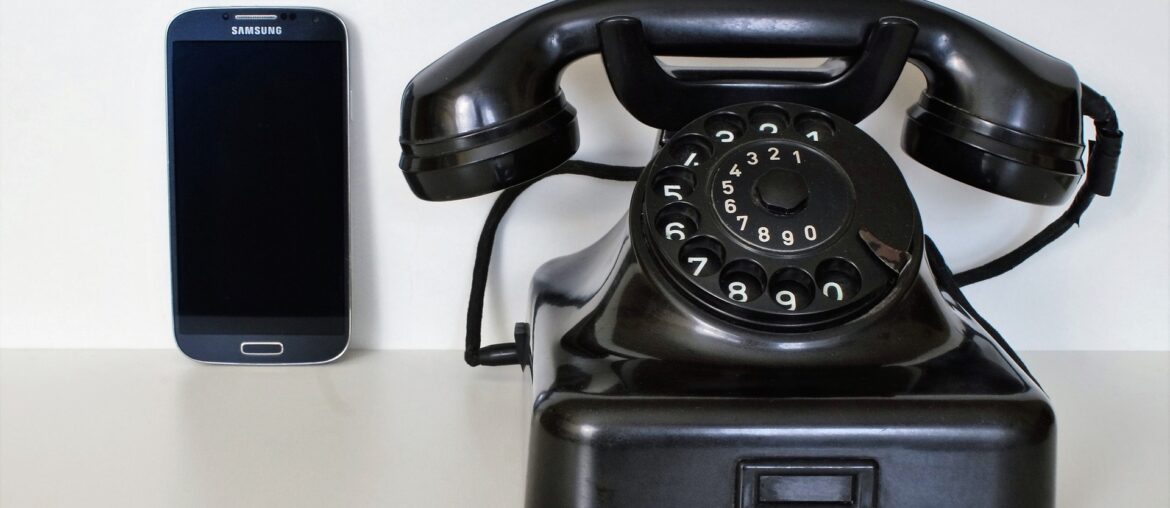Getting a new phone is exciting.
Having a new phone number, however, can be frustrating in more ways than one. For instance, if it’s a personal line, you’ll probably need to text everyone in your address book to notify them that you’ve got a new number.
For businesses, a new number can be a costly endeavor.
The last thing you want your loyal clients to hear when dialing the number they have always used to reach you is “You have dialed the wrong number.” This can cause you to lose business opportunities and future sales.
The good news: You can avoid all these problems by transferring your phone number from your current provider to a new one. This is called porting your number. Keep reading to learn more about porting and how you can successfully port your phone number.
What Is Porting?
“Porting” means taking a number from one mobile service provider or carrier and transferring it to another provider.
In that case, the porting carrier would be losing the number out, while the gaining carrier would be porting the number in. Thanks to phone number porting, you won’t have to put up with your mobile service provider just to retain your number.
Why Port Your Phone Number
There are several reasons you may want to change to a new provider. Here are just a few:
- Ditch your landline while keeping your current number
- Switch to a more affordable service provider
- Switch to a virtual phone service to get value-added features, including the flexibility to make and take calls from anywhere, even when abroad
If you’re porting your business phone number:
- Switch to a cost-effective business phone service while keeping your number
- Ditch carrying two phones, and port one of the numbers to a virtual phone service
- Port your landline to a VoIP to have more control over your calling experience
- Get value-added features that come with VoIP
Porting your phone number comes with many business advantages. For instance, you get to maintain communication consistency when enjoying the benefits offered by the new carrier.
Plus, it can save you time and costs.
Changing your number may require you to notify your customers, employees, business partners, and even regulatory authorities in some cases.
You may also have to change marketing collateral, including posters, leaflets, online profiles, social media pages, banners, etc., and some of these activities can be costly. When you port, you can make significant savings on those needless expenses.
What to Do Before You Get Started
Before you port your number, there are important things you need to do to make the process quick and seamless.
1. Determine if Your Number is Eligible for Porting
While the law requires every carrier to allow porting, not every phone number can be ported to your service of choice. Sometimes, a provider might be unable to port a number if they don’t have a presence in the geographical area the number belongs to.
Pro Tip: Before starting the porting process, check your number’s eligibility on the provider’s website. Doing so can save you time and headaches down the line.
2. Don’t Cancel Your Service with Your Provider (Yet)
You can’t port a number that is not attached to a provider.
So, while the goal of porting is to cancel your subscription with the old provider, don’t cancel it before porting is complete. Once porting is done, you can go ahead and cancel your old service.
3. Have all the Relevant Account Information at Hand
You’ll need to have all the required account information at hand to make the porting process a hassle-free experience.
Have your billing address, service address, account number, PIN, and extension (s) you wish to port ready. Also, ensure you have no pending obligation with your old provider and have cleared all the bills.
4. Check Device Compatibility with the New Provider
Device compatibility is another critical factor to consider when porting a number.
So, check to ensure your device is eligible to be used on a different carrier. If not, you may need to purchase a new device or have it unlocked. Most providers offer unlocking services, so this shouldn’t be a problem.
How to Port Your Phone Number
Once you’ve checked for porting eligibility and gathered all the required account information, porting is a straightforward process.
Simply follow these steps to port your number:
Step 1: Choose a New Provider
Review various providers and pick the phone service you’d like to port your number to, based on your personal or business needs.
Step 2: Notify your Current Carrier
Contact your current carrier and let them know you’re switching to a new provider.
Mobile phone providers are legally required by the Federal Communications Commission (FCC) to allow number porting. Your provider doesn’t need to do anything at this time. Note that some carriers may charge you a fee for this service.
Step 3: Provide the Required Information
Notify the new carrier of your intention to port your number, and they’ll let you know the information they need to port it.
Generally, the new provider will need the following information:
- Account number, phone bill, or latest invoice
- Proof of address
- Identifying information such as government-issued ID card or driver’s license
- Your account password or PIN
- Social Security Number or Tax ID
The exact information needed might vary between carriers, but you’ll be required to provide the above information in most cases. Make sure to provide the requested information to the new provider. You’ll also need to sign a Letter of Authorization (LOA) granting permission to the new provider to proceed with the port.
Step 4: Wait for the Port to Complete
Keep your plan with the old provider until the new provider confirms that the port is complete. On average, ports take 7 to 10 days to complete. However, this can take up to 4 weeks if certain conditions are not met.
Wrapping Up
Service providers usually have different rules when it comes to number porting. But if you have the required information at hand, you can quickly and seamlessly transfer your number from your old provider to a new carrier by following the steps mentioned above.


